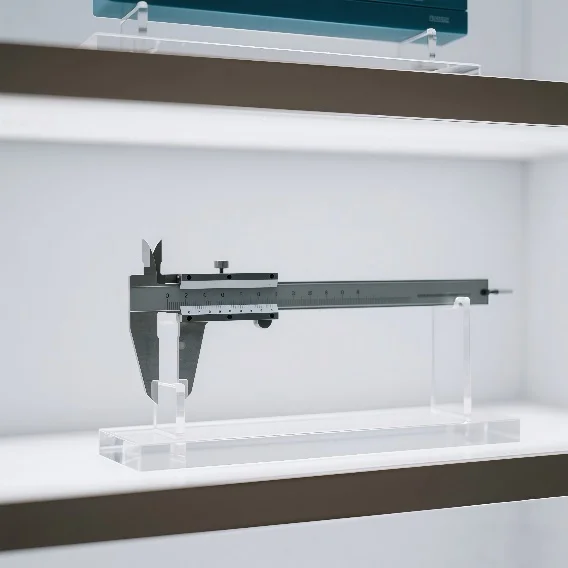Modern theaters are evolving rapidly with the adoption of laser projectors, offering brighter images, enhanced color accuracy, and longer lifespan compared to traditional lamp-based projectors. However, achieving the full potential of a laser projector requires careful planning, particularly with regard to placement. One key specification that guides placement decisions is the Throw Ratio. XTEN-AV, a leader in AV system design, provides tools to simulate projector placement, screen alignment, and room configuration, ensuring a Perfect Projector Layout. In this blog, we will explore essential rules for laser projector placement in modern theaters.
1. Understanding Laser Projectors
Laser projectors use laser light sources instead of traditional lamps, providing several advantages:
High Brightness: Ideal for large screens and auditoriums.
Color Accuracy: Offers wider color gamut and better saturation.
Longevity: Lasers last longer, reducing maintenance costs.
Instant On/Off: Minimal warm-up time compared to lamp projectors.
These benefits make laser projectors the preferred choice for contemporary theaters, but precise placement is crucial for maximizing their capabilities.
2. The Importance of Throw Ratio
The Throw Ratio determines the distance required between the projector and the screen to achieve the desired image size. It is calculated by dividing the projector distance by the width of the projected image.
Short Throw Projectors: Useful for smaller screens or theaters with limited depth, producing large images from a short distance.
Long Throw Projectors: Suitable for larger auditoriums where the projector can be positioned farther from the screen.
Correctly understanding throw ratio prevents placement mistakes that could result in distorted, undersized, or oversized images. XTEN-AV allows theater designers to simulate throw ratio impacts digitally, ensuring accurate placement before installation.
3. Ceiling Mount vs Rear Mount Placement
Laser projectors in theaters are typically mounted either on the ceiling or at the rear of the auditorium. Each placement has specific considerations:
a. Ceiling Mount
Keeps the projector out of the way of audience sight lines.
Requires precise height and angle adjustment to prevent keystone distortion.
Must consider air circulation and cooling requirements for laser units.
b. Rear Mount
Common in large auditoriums with dedicated projection rooms.
Offers easy access for maintenance.
Requires careful calculation of throw distance using the throw ratio to ensure the projected image fits the screen perfectly.
XTEN-AV can simulate both mounting options, showing the projected image, throw distance, and angles in 3D before installation.
4. Rules for Correct Laser Projector Placement
To achieve optimal image quality in modern theaters, follow these placement rules:
a. Measure the Screen and Room Dimensions
Accurate measurements of screen width, height, and room depth are essential. Use the throw ratio to calculate the correct projector distance and placement height.
b. Account for Seating Layout
Ensure that the projector placement does not cast shadows on the audience or obstruct sight lines. Laser projectors have a bright beam that can be distracting if improperly positioned.
c. Optimize Image Height and Alignment
Adjust projector height to align with the screen center. Use lens shift features to fine-tune vertical and horizontal positioning, reducing the need for digital keystone correction.
d. Maintain Proper Ventilation
Laser projectors generate heat, and proper airflow is critical. Ceiling mounts or projection booths should allow sufficient ventilation to prevent overheating and maintain optimal performance.
e. Minimize Light Interference
Avoid placing the projector in areas with ambient light that may hit the screen. Positioning according to throw ratio and room lighting ensures bright, crisp images.
5. Multiple Projector Configurations
Some modern theaters use multiple laser projectors to achieve:
Edge Blending: Combining images from two or more projectors for ultra-wide screens.
3D Projection: Dual projector setups for active 3D viewing.
High Brightness: Overlapping projections to increase lumen output for large auditoriums.
Correct throw ratio calculation is critical in these scenarios to ensure images align seamlessly and maintain uniform brightness across the screen. XTEN-AV can model multi-projector layouts digitally, making precise alignment easier.
6. Height and Angle Adjustments
Even with the correct throw ratio, improper height or tilt can result in:
Keystone distortion
Uneven focus
Partial clipping of the screen
Laser projectors typically include motorized lens shift and zoom, allowing minor adjustments without physically moving the projector. Using XTEN-AV, designers can simulate these adjustments and identify the optimal projector position in advance.
7. Cable Management and Maintenance Access
Proper placement is not just about the projected image but also about accessibility:
Ensure power, HDMI, and control cables are safely routed and concealed.
Allow sufficient access for maintenance, filter cleaning, and software updates.
Ceiling or rear mount locations should accommodate service personnel without disrupting theater operations.
Planning cable runs and maintenance paths using XTEN-AV ensures a clean, professional installation.
8. Testing Before Final Installation
Before finalizing placement, conduct a test projection:
Verify image size and alignment using the throw ratio calculations.
Check for any ambient light interference.
Ensure all corners of the screen are in focus and free of distortion.
Using AV design tools like XTEN-AV allows virtual testing, reducing trial-and-error during physical installation.
Conclusion
Laser projectors are transforming modern theaters with brighter images, superior color, and longer lifespans. However, achieving a professional-quality viewing experience depends on correct placement. Understanding Throw Ratio is essential for determining projector distance, height, and alignment.
XTEN-AV simplifies this process by simulating projector placement, lens adjustments, and screen coverage, ensuring a Perfect Projector Layout. By following proper placement rules, optimizing throw ratio, and considering room dimensions, seating, and ambient light, theaters can maximize the performance of laser projectors, providing audiences with an immersive and visually stunning experience.
Proper planning and placement are the foundation of modern theater projection, and with throw ratio knowledge, designers can prevent mistakes and deliver exceptional results.








